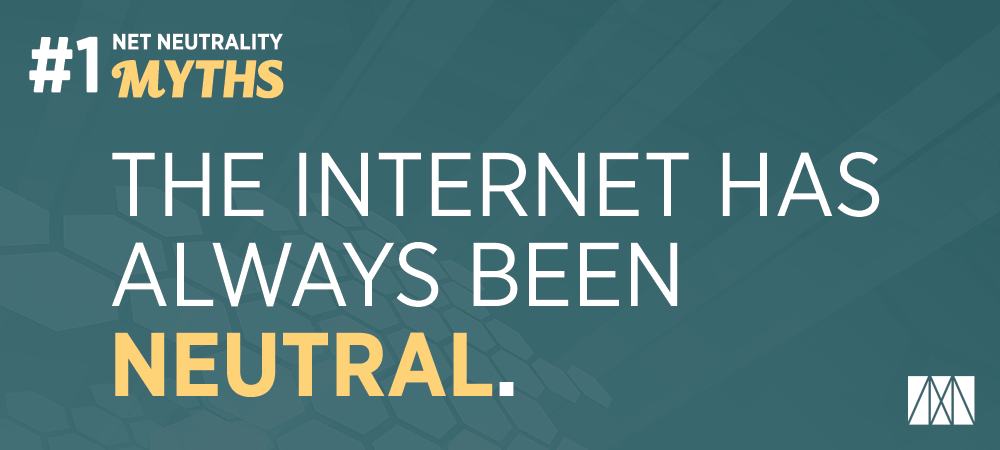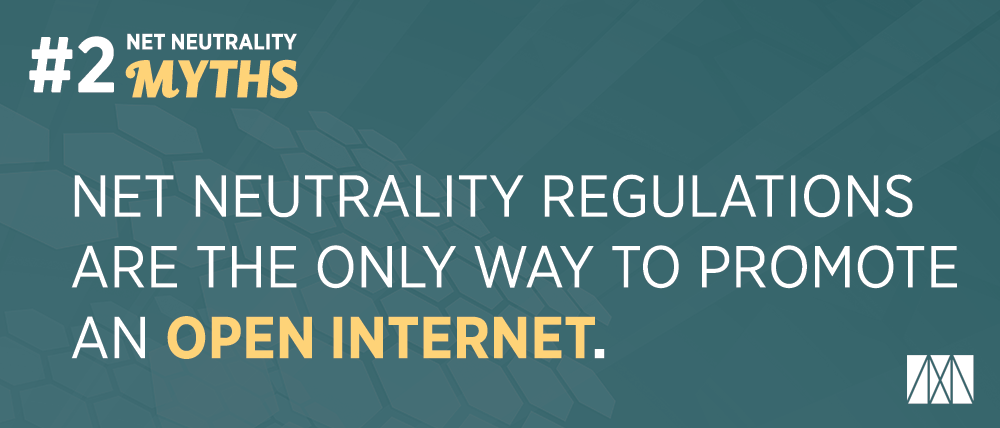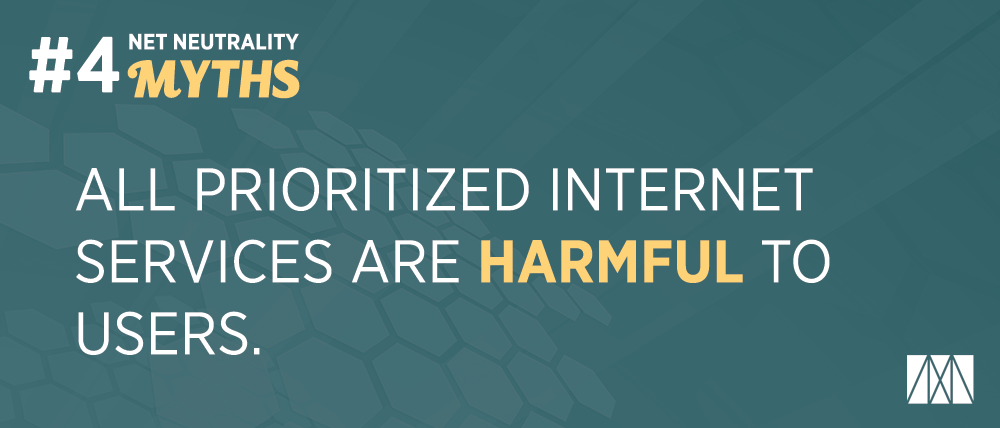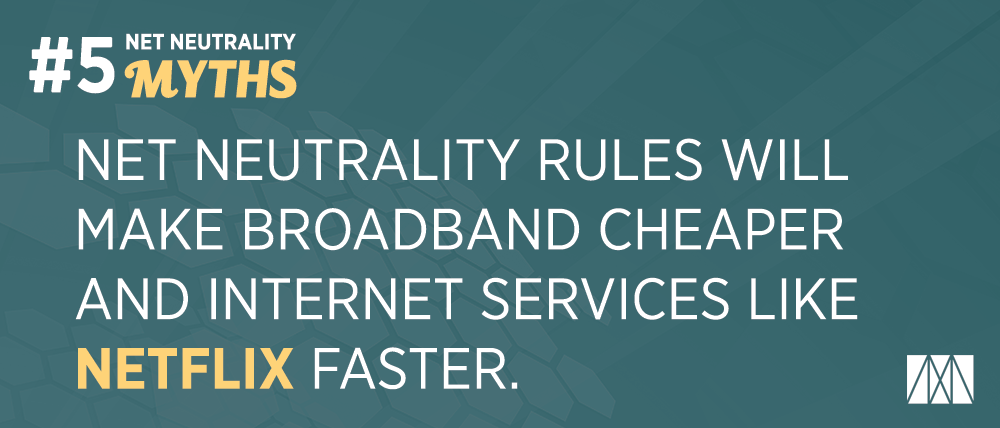"In one of life’s bitter ironies, I recently found a book by Jonathan
Gruber in the bin of a bookstore’s going-out-of-business sale. It’s
called Health Care Reform: What It Is, Why It’s Necessary, How It Works.
Interestingly, the book is a comic, which made it a quick read. It’s
just the sort of thing that omniscient academics write to persuade
ordinary people that their big plans are worth pursuing.
In case you’ve forgotten —
and to compound the irony — Gruber is the Obamacare architect who received
negative media attention recently for some controversial comments about the
stupidity of the average American voter. In Health Care Reform, Gruber
focuses mainly on two topics: an attempted diagnosis of the American health
care system, and how the Affordable Care Act (the ACA, or Obamacare) will solve
them. I could write a PhD thesis on the myriad fallacies, half-truths, and
myths propounded throughout the book. But instead, let’s explore eight of
Gruber’s major errors.
Error
1: The mandate forcing individuals to buy health insurance is just like forcing
people to buy car insurance, which nobody questions.
This is
a disanalogy — and an important one. A person has to purchase car insurance only
if he or she gets a car. The individual health insurance mandate forces one
to purchase health insurance no matter what. Moreover, what all states but
three require for cars is liability insurance, which covers accidents that
cause property damage and/or bodily injury. Technically speaking, you’re only
required to have insurance to cover damages you might impose on others. If an
accident is my fault, liability insurance covers the other individual’s
expenses, not my own, and vice versa.
By
contrast, if the other driver and I each had collision insurance, we would both
be covered for vehicle damage regardless of who was at fault. If collision
insurance were mandated, the comparison to health insurance might be apt,
because, as with health insurance, collision covers damage to oneself. But no states require collision insurance.
Gruber
wants to compare health insurance to car insurance primarily because (1) he
wants you to find the mandate unobjectionable, and (2) he wants you to think of
the young uninsured (those out of the risk pool) as being sort of like
uninsured drivers — people who impose costs on others due to accidents.
But not
only is the comparison inapt, Gruber’s real goal is to transfer resources from
those least likely to need care (younger, poorer people) to those most likely
to need care (older, richer people). The only way mandating health insurance
could be like mandating liability car insurance is in preventing the uninsured
from shifting the costs of emergent care thanks to federal law. We’ll discuss
that as a separate error, next.
Error
2: The emergency room loophole is responsible for increases in health insurance
premiums.
In
1986, Reagan passed the Emergency Medical Treatment and Active Labor Act,
one provision of which was that hospitals couldn’t reject emergency care to
anyone regardless of their ability to pay. This act created the “emergency room
loophole,” which allows many uninsured individuals to receive care without
paying.
The
emergency room loophole does, indeed, increase premiums. There is no free
lunch. The uninsured who use emergency rooms can’t pay the bills, and the costs
are thus passed on to the insured. So why do I consider this point an error?
Because Gruber overstates its role in increasing premiums. “Ever wonder why
your insurance premiums keep going up?” he asks rhetorically, as if this
loophole is among the primary reasons for premium inflation.
The
reality is, spending on emergency rooms (for both the uninsured and the
insured) only accounts for roughly 2 percent of all health care spending.
Claiming that health insurance premiums keep rising due to something that
accounts for 2 percent of health care expenses is like attributing the high
price of Starbucks drinks to the cost of their paper cups.
Error
3: Medical bills are the No.1 cause of individual bankruptcies.
Gruber
doesn’t include a single reference in the book, so it’s hard to know where he’s
getting his information. Those lamenting the problem of medical bankruptcy
almost always rely on a 2007 study conducted by David Himmelstein,
Elizabeth Warren, and two other researchers. The authors offered the shocking
conclusion that 62 percent of all bankruptcies are due to medical costs.
But in
the same study, the authors also claimed that 78 percent of those who went
bankrupt actually had insurance, so it would be strange for Gruber to claim the
ACA would solve this problem. While it would be unfair to conclude definitively
that Gruber relied on this study for his uncited claims, it is one of the only
studies I am aware of that could support his claim.
More
troublingly, perhaps, a bankruptcy study by the Department of Justice — which
had a sample size five times larger than Himmelstein and Warren’s study — found
that 54 percent of bankruptcies have no medical debt, and 90 percent have debt
under $5,000. A handful of studies that contradict Himmelstein
and Warren’s findings include studies by Aparna Mathur at the American
Enterprise Institute; David Dranove and Michael Millenson of Northwestern
University; Scott Fay, Erik Hurst, and Michelle White (at the universities of
Florida, Chicago, and San Diego, respectively); and David Gross of Compass
Lexecon and Nicholas Souleles of the University of Pennsylvania.
Why are
Himmelstein and Warren’s findings so radically different? Aside from the fact
that their study was funded by an organization called Physicians for a National
Health Program, the study was incredibly liberal about what it defined as a
medical bankruptcy. The study considered any bankruptcy with any amount of
medical debt as a medical bankruptcy. Declare bankruptcy with $100,000 in
credit card debt and $5 in medical debt? That’s a medical bankruptcy, of
course. In fact, only 27 percent of those surveyed in the study had
unreimbursed medical debt exceeding $1,000 in the two years prior to declaring
bankruptcy.
David
Dranove and Michael L. Millenson at the Kellogg School of Management reexamined the
Himmelstein and Warren study and could only find a causal relationship between
medical bills and bankruptcy in 17 percent of the cases surveyed. By contrast,
in Canada’s socialized medical system, the
percentage of bankruptcies due to medical expenses is estimated at between 7.1
percent and 14.3 percent. One wonders if the Himmelstein and Warren study was
designed to generate a narrative that self-insurance (going uninsured) causes
widespread bankruptcy.
Error
4: 20,000 people die each year because they don’t have the insurance to pay for
treatment.
If the
study this estimate was based on were a person, it could legally buy a beer at
a bar. Twenty-one years ago, the American Medical Association released a study
estimating the mortality rate of the uninsured to be 25 percent higher than
that of the insured. Thus, calculating how many die each year due to a lack of
insurance is determined by the number of insured and extrapolating from there
how many would die in a given year with the knowledge that they’re 25 percent
more likely to die than an insured person.
Even
assuming that the 25 percent statistic holds true today, not all insurance is
equal. As Gruber notes on page 74 of his book, the ACA is the biggest expansion
of public insurance since the creation of Medicare and Medicaid in 1965, as 11 million Americans will be added to Medicaid
because of the ACA. So how does the health of the uninsured compare with those
on Medicaid? Quite similarly. As indicated by the results from a two-year study
in Oregon that looked at the health outcomes of previously uninsured
individuals who gained access to Medicaid, Medicaid “generated no significant improvement in measured
physical health outcomes.” Medicaid is more of a financial cushion than
anything else.
So with
our faith in the AMA study intact, all that would happen is a shift in deaths
from the “uninsured” to the “publicly insured.” But the figure is still dubious
at best. Those who are uninsured could also suffer from various
mortality-increasing traits that the insured lack. As Megan McArdle elaborates on these lurking third
variables,
Some of the differences we know about: the uninsured are
poorer, more likely to be unemployed or marginally employed, and to be single,
and to be immigrants, and so forth. And being poor, and unemployed, and from
another country, are all themselves correlated with dying sooner.
Error
5: The largest uninsured group is the working poor.
Before
Obamacare, had you ever heard that there are 45 million uninsured Americans?
It’s baloney. In 2006, 17 million of the uninsured had incomes above $50,000 a
year, and eight million of those earned more than $75,000 a year. According to
one estimate from 2009, between 12 million and 14 million were eligible for
government assistance but simply hadn’t signed up. Another estimate from the same
source notes that between 9 million and 10 million of the uninsured are not
American citizens. According to the Centers for Disease Control and Prevention,
slightly fewer than 8 million of the uninsured are aged 18–24, the group that
requires the least amount of medical care and has an average annual income of
slightly more than $30,000.
Thus,
the largest group of uninsured is not the working poor. It’s the middle class,
upper middle class, illegal immigrants, and the young. The working poor who are
uninsured are often eligible for assistance but don’t take advantage of it. I
recognize that some of these numbers may seem somewhat outdated (the
sources for all of them can be found here), but remember: we’re
taking account of the erroneous ways Gruber and Obamacare advocates sold the
ACA to “stupid” Americans.
Error
6: The ACA will have no impact on premiums in the short term, according to the
CBO.
Interesting
that there’s no mention of what will happen in the long run. Regardless, not
only have there already been premium increases, one widely reported consequence
of the ACA has been increases in deductibles. If I told you that I could
offer you an insurance plan for a dollar a year, it would seem like a great
deal. If I offered you a plan for a dollar a year with a $1 million deductible,
you might not think it’s such a great deal.
A
report from PricewaterhouseCoopers’ Health Research Institute
found that the average cost of a plan sold on the ACA’s exchanges was 4 percent
less than the average for an employer-provided plan with similar benefits
($5,844 vs. $6,119), but the deductibles for the ACA plans were 42 percent
higher ($5,081 vs. $3,589). The ACA is thus able to swap one form of sticker
shock (high premiums) for another (high deductibles). Let us not forget that
the ACA exchanges receive federal subsidies. Someone has to pay for those, too.
Error
7: A pay-for-performance model in health care would increase quality and reduce
costs.
This
proposal seems like common sense in theory, but it’s questionable in reality.
Many conservatives and libertarians want a similar model for education, so some
might be sympathetic to this aspect of Gruber’s proposal. But there is enormous
difficulty in determining how we are to rank doctors.
People
respond to incentives, but sometimes these incentives are perverse. Take the
example of New York, which introduced a system of “scorecards” to rank
cardiologists by the mortality rates of their patients who received coronary
angioplasty, a procedure to treat heart disease. Doctors paid attention to
their scorecards, and they obviously could increase their ratings by performing
more effective surgeries. But as Charles Wheelan noted in his book Naked Statistics, there was another way to
improve your scorecard: refuse surgeries on the sickest patients, or in other
words, those most likely to die even with care. Wheelan cites a survey of
cardiologists regarding the scorecards, where 83 percent stated that due to
public mortality statistics, “some patients who might benefit from angioplasty
might not receive the procedure.”
Error
8: The ACA “allows you to keep your current policy if you like it… even if it
doesn’t meet minimum standards.”
What, does this guy think we’re
stupid or something?"




